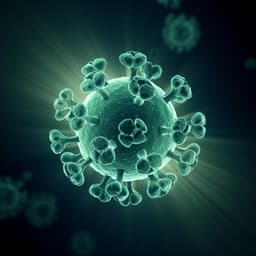
Medicine and Health
Inter-individual variation in objective measure of reactogenicity following COVID-19 vaccination via smartwatches and fitness bands
G. Quer, M. Gadaleta, et al.
This study reveals that consumer wearable devices can objectively detect physiological responses to COVID-19 vaccination, showing an increase in resting heart rates following mRNA vaccinations. Conducted by a team at Scripps Research Translational Institute, the research highlights significant findings regarding reactogenicity and immune response.
Playback language: English
Related Publications
Explore these studies to deepen your understanding of the subject.







